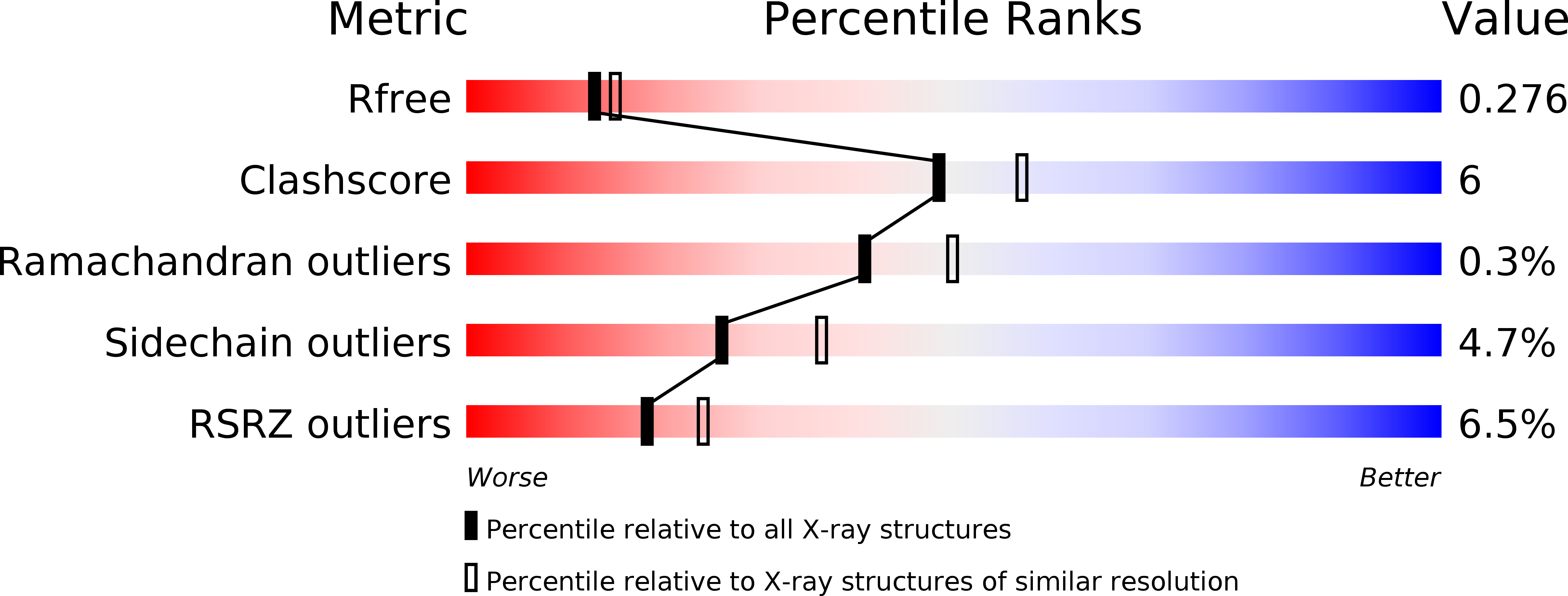
Deposition Date
2005-04-27
Release Date
2005-07-05
Last Version Date
2023-08-23
Method Details:
Experimental Method:
Resolution:
2.31 Å
R-Value Free:
0.27
R-Value Work:
0.20
R-Value Observed:
0.20
Space Group:
P 2 2 21


